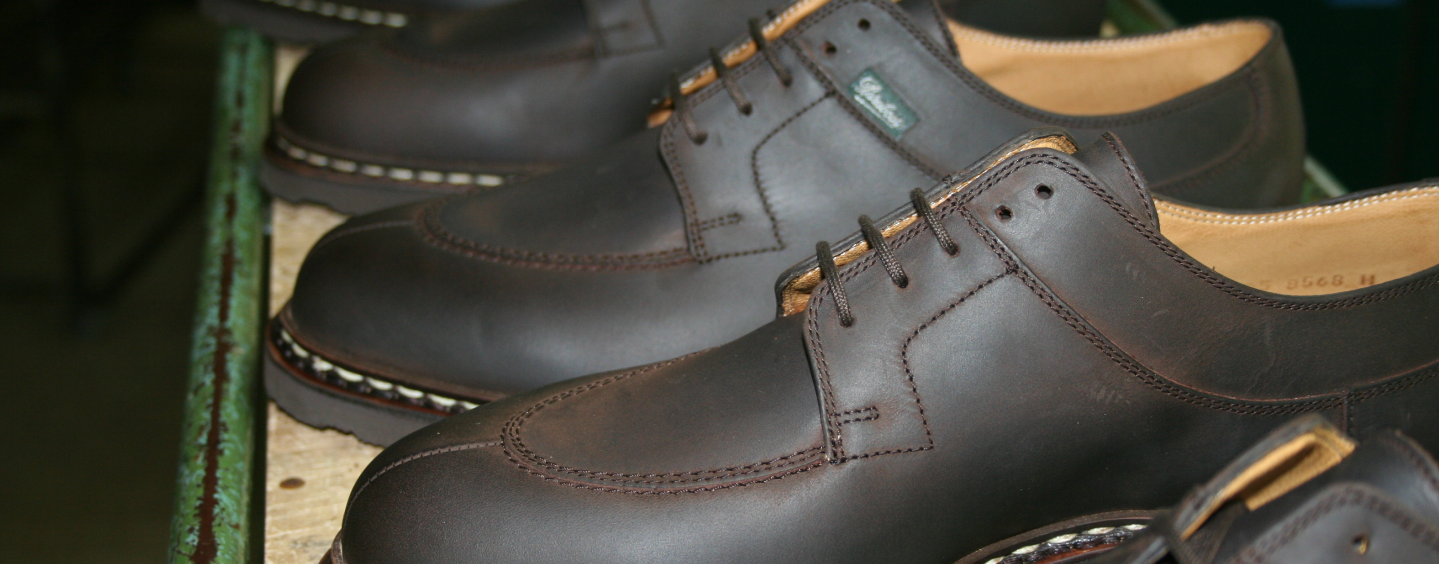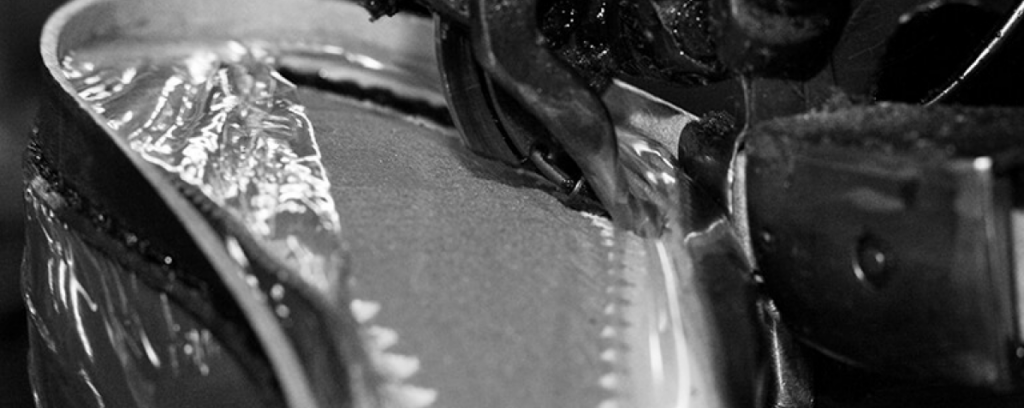Hand-sewn shoes

The principle of manufacturing Goodyear and Norwegian welted shoes is based on connecting the shoe’s upper with the intermediary sole and the outsole via a strong strap of leather called the welt.




The shoe seen from all angles
Ready, welt, flesh, upper, full grain… the shoe is a much more technical product than it seems.
Would you like to know more about its ‘language’?